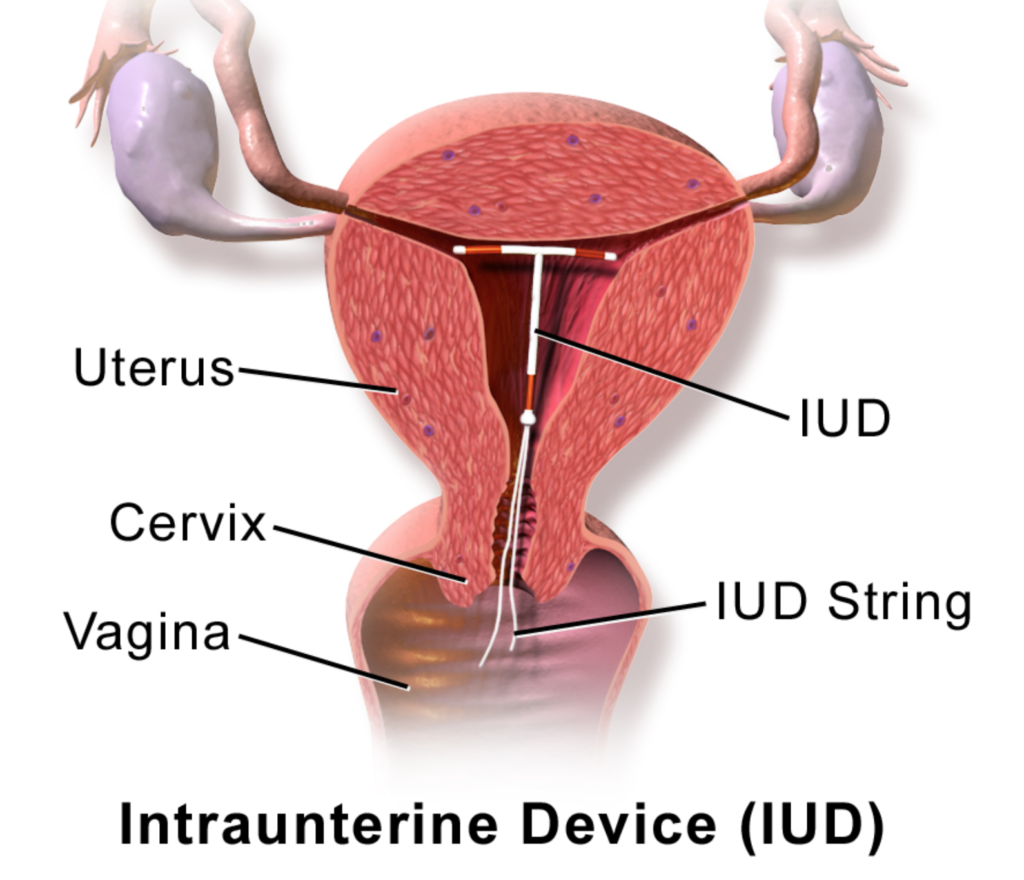Very seldom have I read anything in the journal Contraception about the importance of family planning to the environment. Recently they had an editorial on that subject, and I wrote a Letter to the Editor thanking her for publishing it. I hope that this is the start of a trend!
Here are the url and doi: https://www.sciencedirect.com/science/article/pii/S0010782420301591?dgcid=author
https://doi.org/10.1016/j.contraception.2020.05.011
Here is the complete text of this short LTE:
Thank you for recognizing the importance of family planning to our environment
Highlights:
Voluntary family planning has successfully slowed population growth.
Larger population means more impact on our environment.
Keywords
Family planning; Population growth; Environment
To the Editors:
I was delighted to read the March, 2020 Commentary, “Family planning, population growth, and the environment” by Jeffrey Jensen and Mitchell Crenin [1]. It connects the increase in human population, and our consumption, to the environmental problems, such as climate change, we are facing. Although I have been reading Contraception for almost all of its 50 years of publication, I can remember few articles in the past that makes this connection.
The Commentary celebrates the work that family planning workers have done over the past decades. Without access to contraception and abortion, our human population would be much larger than it already is, and environmental problems even worse. We tend to be most aware of and stress the importance of voluntary family planning to individuals. However, other species and the overall health of the planet also have benefitted greatly from our efforts.
Because of our services, the patients we serve are healthier–and so are their families. Empowered by our services, women are able to continue their education, live up to their potential and take leadership positions in our society. We also have made huge positive impacts on society.
I agree with the Commentary when it states: “As family planning specialists, we should devote part of our effort to educating policy leaders and the public about the importance of our work from an environmental standpoint.” Indeed, several of us have, but not enough. My contribution has been monthly essays on aspects of human population [2]. Warren Hern, another Fellow of the Society, has written on this subject for decades [3], [4].
Many others have studied the interrelationship between human population and the environment, often commenting on the value of family planning. O’Neill et al. estimate the potential of family planning to decrease carbon emissions [5]. Bongaarts & O’Neill lament that the IPCC doesn’t pay more attention to population [6]. Population, health and environment programs that incorporate family planning may help to save biodiversity hotspots [7]. The Center for Biological Diversity uses Endangered Species Condoms, which it gives away, to inform people about the connection between human population and endangered species [8].
In the past some family planning providers have been shy about acknowledging the connection between family planning and the state of the environment. I performed an (unpublished) survey of the Society’s Fellows in 2014. Some of the responses recognized the importance of family planning to the environment, while others seemed to take offense at this idea.
I look forward to reading more in Contraception about the importance of voluntary family planning to the state of our environment.
References
[1]J.T. Jensen, M.D. CreininFamily planning, population growth, and the environmentContraception., 101 (3) (2020), pp. 145-147
[2]Grossman R. Population Matters-USA. www.population-matters.orgAccessed 5-2-2020.
[3]W. HernIs human culture carcinogenic for uncontrolled population growth and ecological destruction?BioScience, 43 (11) (1993), pp. 768-773,
[4]Hern, W. Choose between candidates who understand global ecological realities, and those who don’t. The Colorado Statesman 2012; 113(9):1535. https://www.coloradopolitics.com/opinion/choose-between-candidates-who-understand-global-ecological-realities-and-those-who-don-t/article_2933b6c0-5791-5c05-889e-bc5bf0751a99.html accessed 4-30-2020. Also available at: https://tinyurl.com/yd7m5xuj.
[5]B.C. O’Neill, M. Dalton, R. Fuchs, L. Jiang, S. Pachauri, K. ZigovaGlobal demographic trends and future carbon emissionsProc Natl Acad Sci USA, 107 (41) (2010), pp. 17521-17526, 10.1073/pnas.10045
[6]J. Bongaarts, B.C. O’NeillGlobal warming policy: Is population left out in the cold?Science, 361 (6403) (2018), pp. 650-652, 10.1126/science:aat8680
[7]Blue Ventures. https://discover.blueventures.org/madagascar-health-environment/ Accessed 5-2-2020.
[8]Endangered Species Condoms. https://www.endangeredspeciescondoms.com Accessed 5-2-2020.
